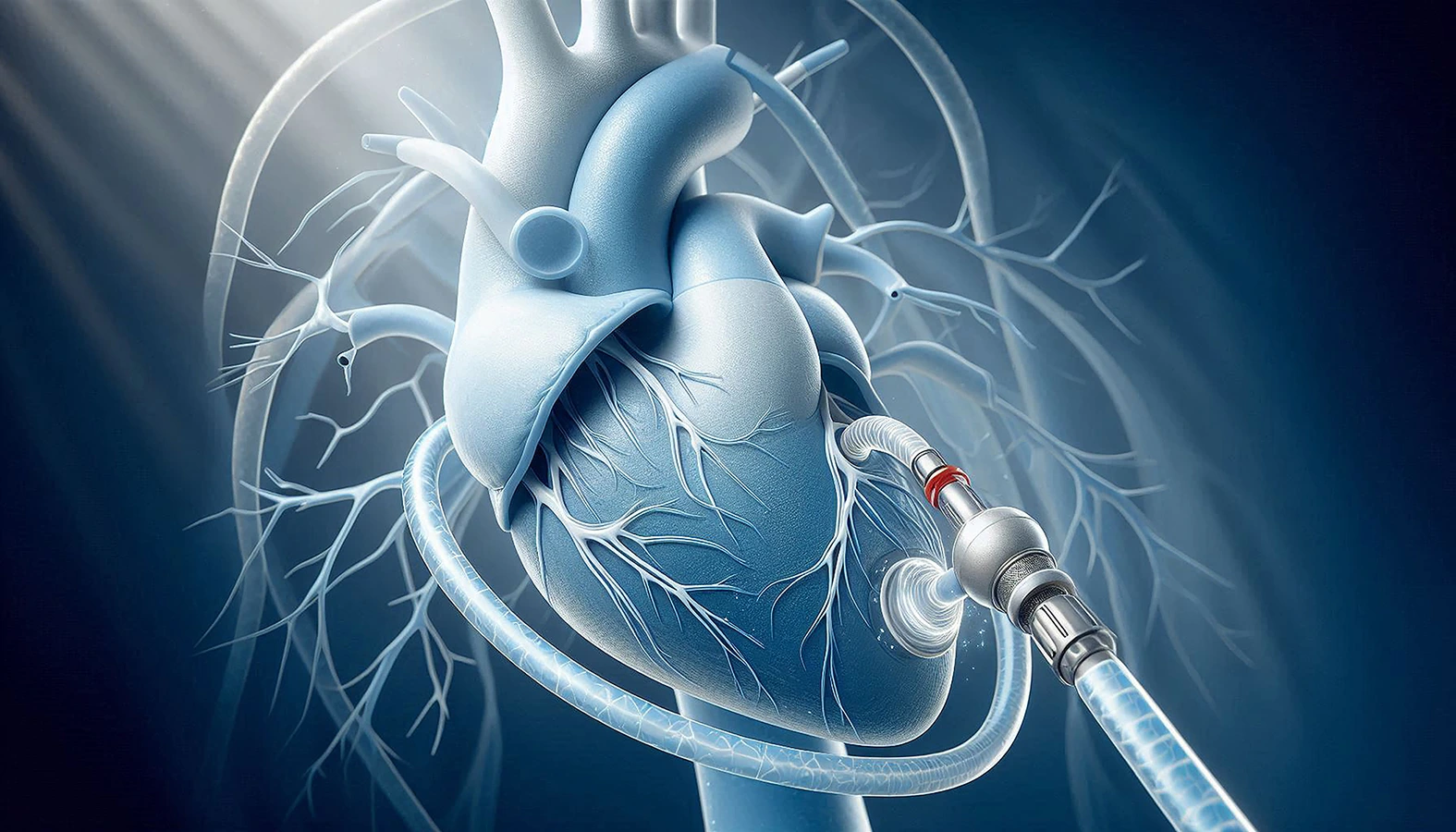Table Of Contents
- Conceptualization and Design
- Prototyping and Rigorous Testing
- Manufacturing Process
- Regulatory Approval
- Distribution and Availability
- From Patient to Procedure
- Looking Ahead
According to the National Interventional Council of India, over 7 lakh stent implantations are performed annually in the country, reflecting the growing need for effective cardiovascular treatment. With cardiovascular diseases responsible for nearly 28% of all deaths in India, stents play a crucial role in improving patient outcomes. This article delves into the meticulous process that brings these life-saving devices from a concept on paper to successful implantation in patients.
1. Conceptualization and Design
The process begins with identifying clinical challenges such as artery blockages or restenosis. Cardiologists and engineers collaborate to create stents that are both durable and biocompatible.
- Material Choice: Stents are often made from cobalt-chromium or stainless steel, known for their strength and flexibility.
- Design Specifics: Using computer-aided design (CAD), engineers ensure the stent can expand uniformly and resist arterial pressure effectively.
2. Prototyping and Rigorous Testing
Prototypes undergo extensive testing to ensure they meet safety and performance benchmarks.
- Mechanical Strength Testing: Machines simulate arterial conditions to evaluate the stent’s ability to withstand compression and expansion cycles.
- Biocompatibility Trials: In vitro and preclinical animal studies test the stent for any adverse reactions with blood and tissues.
- Durability Testing: Stress tests simulate years of arterial wear to ensure longevity.
3. Manufacturing Process
Precision and quality define the manufacturing of stents.
- Laser Cutting: Stents are laser-cut from metal tubes into intricate mesh structures.
- Surface Treatment: The surface is electropolished to remove imperfections, minimizing clotting risks.
- Drug Coating (for DES): Drug-eluting stents are coated with time-release medications to prevent restenosis.
4. Regulatory Approval
In India, stents must comply with CDSCO regulations and adhere to ISO standards like ISO 25539-2 for cardiovascular implants.
- Clinical Trials: Devices undergo trials to ensure they meet safety and efficacy standards.
- Certifications: Approval requires rigorous documentation and demonstration of quality control.
5. Distribution and Availability
Stents are packaged under sterile conditions and distributed to hospitals. The rise of indigenous manufacturers has reduced dependency on imports, improving availability and affordability.
6. From Patient to Procedure
Once in the hands of a physician, the journey continues.
- Diagnosis and Planning: Angiography identifies blockages, and doctors select the appropriate stent.
- Implantation: A catheter guides the stent to the blockage site, where it is deployed using a balloon.
- Post-Implantation: Patients are prescribed antiplatelet therapy to prevent clotting.
Looking Ahead
The Indian coronary stent market, growing at a CAGR of 7.5%, is set to expand with advancements like bioresorbable stents and AI-powered manufacturing tools. These innovations promise to make stent implantation even safer and more effective, offering hope to millions of patients.
From concept to implantation, the journey of a stent is a testament to human ingenuity, precision engineering, and the relentless pursuit of saving lives.

